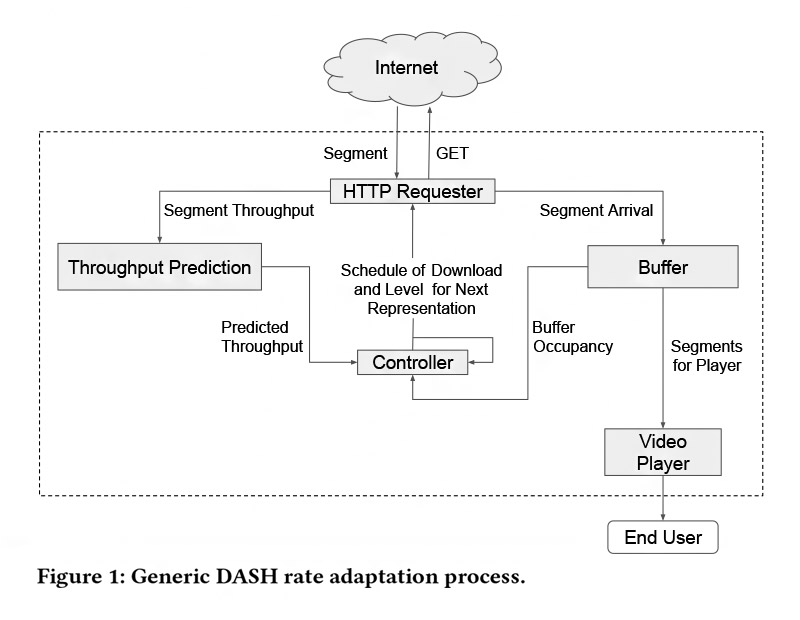In the realm of Dynamic Adaptive Streaming over HTTP (DASH), which has become the preferred method for delivering online video content with varying quality levels based on users’ internet connections, the algorithms responsible for determining video segment quality have encountered challenges in maintaining consistent performance across diverse scenarios. These existing algorithms often necessitate intricate parameter adjustments and fail to fully harness the intricate relationships between network conditions, buffer occupancy, and buffer capacity.
The heart of the matter lies in DASH‘s reliance on rate adaptation algorithms to select the most suitable bitrate for video segments. These algorithms weigh factors such as network throughput, buffer occupancy, and buffer capacity in their decision-making process. Yet, the intricate interplay between these factors has not been effectively leveraged in existing algorithms. Moreover, the influence of buffer capacity on overall performance has regrettably been overlooked.

In response to these challenges, the authors of this research work introduce QUETRA, a straightforward yet robust rate adaptation algorithm for DASH. Grounded in an M/D/1/K queuing model of DASH, QUETRA offers enhanced insight into the intricate connections between buffer capacity, buffer occupancy, network throughput, and bitrate selection. Notably, QUETRA minimizes the need for intricate configurations and user interventions, establishing itself as a user-friendly solution.
The authors conducted rigorous comparative analyses pitting QUETRA against several state-of-the-art rate adaptation approaches, including BOLA, ELASTIC, and BBA, in addition to the default ABR algorithm in Dash.js. Astonishingly, QUETRA consistently surpassed these methods, augmenting the Quality of Experience (QoE) by a remarkable margin of 7% to 140%. What sets QUETRA apart is its capacity to achieve these performance enhancements across varying buffer capacities and scenarios, all without the burden of demanding parameter adjustments.
Furthermore, the research explored QUETRA‘s performance under different throughput prediction methods, revealing that simpler prediction methods aligned closely with throughput tended to yield superior results. This underscores QUETRA‘s ability to adeptly adapt to fluctuating network conditions without unnecessary disruptions.
The contributions of this research are threefold: Firstly, it presents QUETRA, an innovative rate adaptation algorithm rooted in a queuing model of DASH, enhancing streaming quality. Secondly, it conducts a comprehensive analysis of buffer capacity’s impact on rate adaptation, an aspect previously uncharted. Lastly, it offers an extensive evaluation of QUETRA across diverse scenarios, network profiles, and buffer settings, substantiating its resilience and superior performance.
In summation, QUETRA signifies a notable stride forward in DASH rate adaptation algorithms. Its simplicity, efficacy, and capacity to consistently enhance QoE across various scenarios render it an appealing choice for video streaming services. By addressing the intricacies of rate adaptation, QUETRA champions an enriched viewing experience for all users.